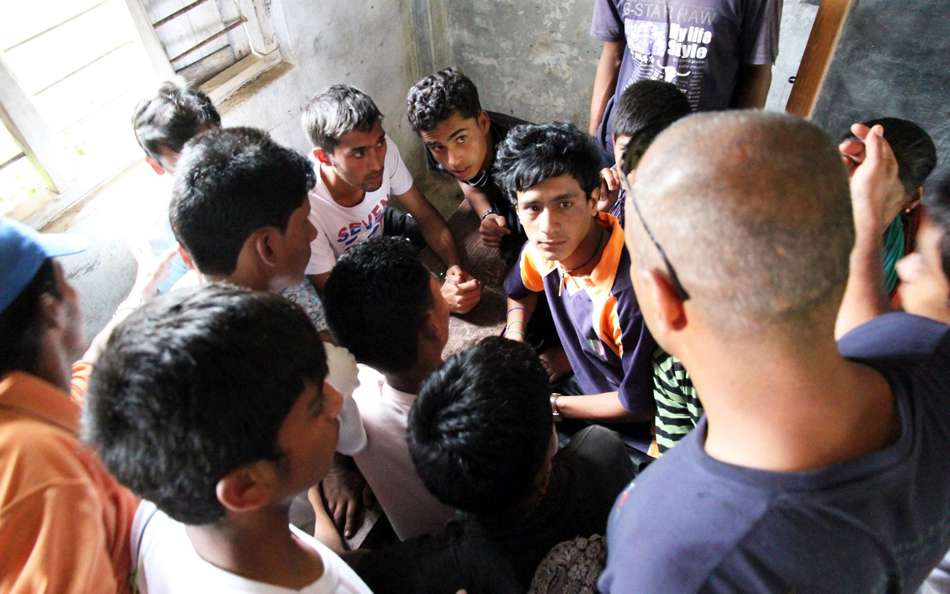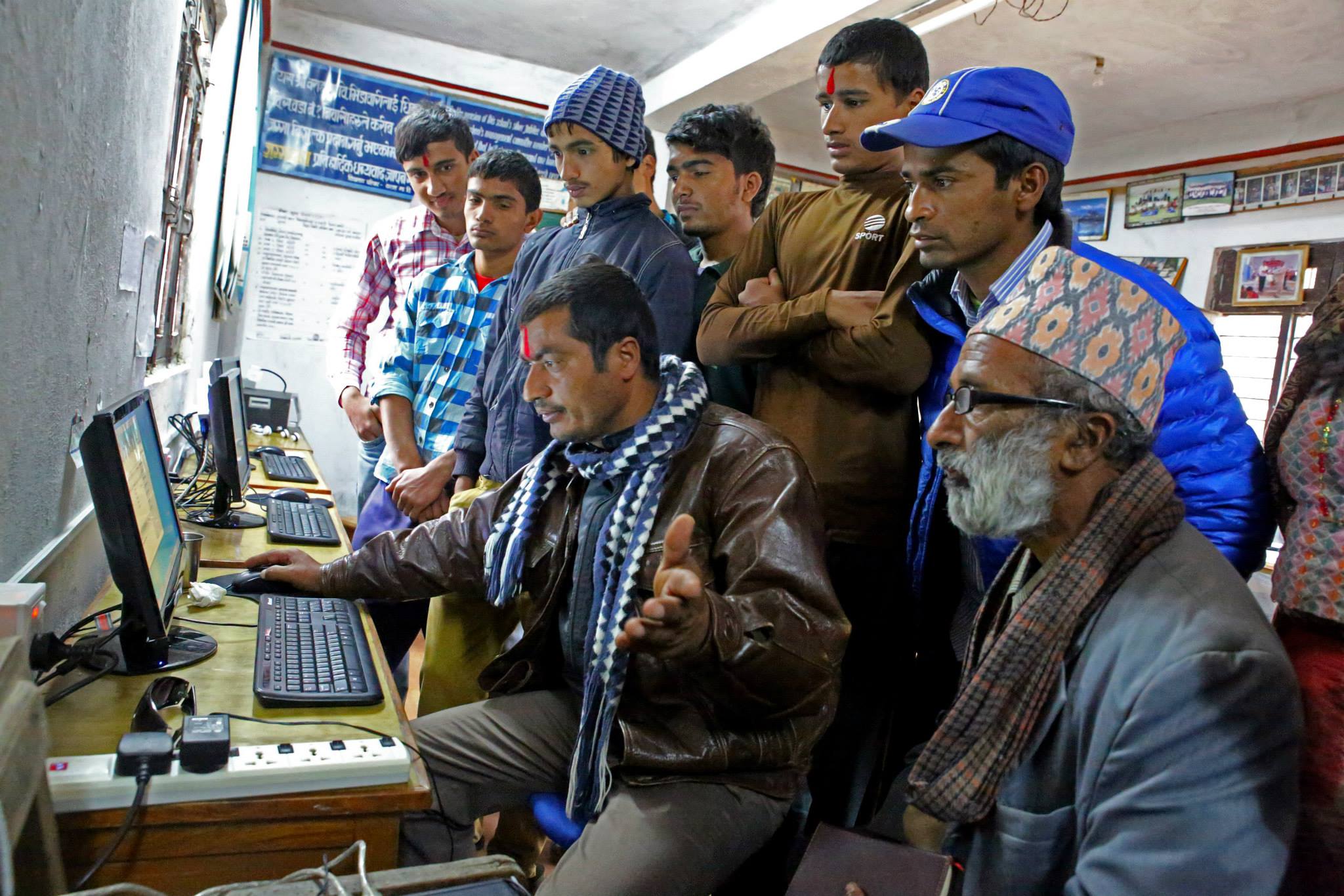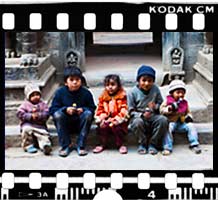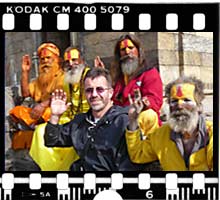Our Development Work
Logged On is a development agency dedicated to helping children and community groups in less privileged areas of Nepal.
Our programs assist communities to create positive learning environments
Computer Centres
We provided computers, connect them to the internet and provided computer-based education and training programs. Computers are a powerful tool for learning, exploring and creating in ways previously not possible.
Sponsorships
Our sponsorship and scholarship program provided opportunities for students who struggle to afford school expenses, vocational training courses and living expenses, to be able to pursue their studies without obstacle.
Pathways Program
A program aimed at teaching children, building local skills and meeting some of the needs of the community with the help of volunteers. The program also allowed volunteers to gain practical experiences in their chosen field of study/areas of expertise.
Infrastructure
We have helped with educational materials and infrastructure by providing stationary, teaching equipment, and built earthquake resistant classroom. We have also completed community health and safe drinking water projects.
Training
We have built skills in the communities we served and helped with the professional development of teachers. We have also helped to deliver digital literacy and technical training programs and built local leadership and governance skills.
Publishing
We have allowed children and youths to connect, converse and collaborate online. We developed age and culturally appropriate material that were used by schools to supported teaching.
2
Women’s Cooperatives helped
60
Skilled Volunteers Teaching
Our Development Model
Grass-roots approach
Programs have been driven by the community with our support and encouragement. We have good community relationships and have local champions who have been willing to push through ideas, ensured local ownership, and monitor and report back on successes and failures.
Education
We promoted education programs for teachers, children and their parents. We supported children through scholarships and sponsorships and we offer greater diversity in education through digital technologies.
Capacity building
We helped to build the capacity of teachers and members of the local community by providing training opportunities with the aim of sustaining local projects and enabling local people to contribute to community-based learning and information sharing.
Building networks and sharing
We have created cooperation between schools with teachers and members of the community having shared goals for education and success. We helped to build the capacity of members of one village and then asked them to help the next village. It is an incentive for involvement that opens the way for an ongoing exchange of ideas, knowledge and support.
Building our clusters
We implemented projects in schools in close proximity – as a cluster – within a District. This cluster model allowed us to create the necessary support and incentive structure that can sustain our programs in the area. Clusters were then supported by the team in Nepal with the support of the Foundation in Australia.
We work in Nepal
 Nepal is a land-locked Himalayan country bordered by two economic giants, China (Tibet Autonomous Region) to the North and India in the East, West and South. Home to eight of the ten highest mountains in the world including Mount Everest, the Himalayan mountain region are where 80% of the 30 million Nepalese live. Nepal has roughly three ecological regions: the mountains (35%), the hills (42%) and the Terai (23%).
Nepal is a land-locked Himalayan country bordered by two economic giants, China (Tibet Autonomous Region) to the North and India in the East, West and South. Home to eight of the ten highest mountains in the world including Mount Everest, the Himalayan mountain region are where 80% of the 30 million Nepalese live. Nepal has roughly three ecological regions: the mountains (35%), the hills (42%) and the Terai (23%).
Nepal has scenic mountains, outstanding trekking and the richness in exotic cultures and races make Nepal a popular tourist destination which brings in substantial income into the country.
Although Nepal has benefited only marginally from the economic growth in its two neighbour countries, the Human Development Report has acknowledged Nepal as one of the top performers in human development across the world. According to the report, Nepal has shown significant progress in areas of health and education through effective public policy efforts. Development challenges, however exist in access to quality primary education, improving basic health outcomes, strengthening governance and reducing poverty. The United Nations Development Programme Human Development Report (2019) ranks Nepal at 147 out of 189 countries in the human development index.
We focus on government schools in rural areas
The traditional way of life in villages in the hill regions where we are current working revolves around subsistence agriculture. Families plant rice in irrigated terraces before the monsoon season and harvest in the autumn. Other crops include millet, corn, greens, squash, beans, cucumbers, pumpkin and mustard seed. Livestock such as cattle, buffalo and goats are an integral part of the local agriculture. They provide meat, milk, draught power for farming and fertilizer (manure) for cultivation.
This labour intensive life makes it difficult for some children to attend school regularly because of the tasks required at home to support the family. Parents rotate the duties among the children to ensure that they all receive a basic education.
One of Nepal’s major international exports is labor and many rural households depend on at least one member’s earnings from employment away from home. Many families have or have had household income supplemented by overseas employment, particularly in the Middle East. In the areas we are working, around 70% of households have a member of the family working overseas. Sometimes workers who have little education can face harsh employment conditions with abuse, manipulation, low pay and unsafe working environments.
The state of rural government and community schools in Nepal are often poor with a lack of physical facilities and teacher resources. There are large disparities in the quality of education in government schools compared to their private counterparts and schools in the cities. The growing trend is for more well off families to send their children to comparatively more expensive private schools since they generally have better facilities, they teach predominantly in English, have more class time within the teaching year, and students tend to performance better at examinations.
For more information, visit the Wikipedia website.






 Nepal is a land-locked Himalayan country bordered by two economic giants, China (Tibet Autonomous Region) to the North and India in the East, West and South. Home to eight of the ten highest mountains in the world including Mount Everest, the Himalayan mountain region are where 80% of the 30 million Nepalese live. Nepal has roughly three ecological regions: the mountains (35%), the hills (42%) and the Terai (23%).
Nepal is a land-locked Himalayan country bordered by two economic giants, China (Tibet Autonomous Region) to the North and India in the East, West and South. Home to eight of the ten highest mountains in the world including Mount Everest, the Himalayan mountain region are where 80% of the 30 million Nepalese live. Nepal has roughly three ecological regions: the mountains (35%), the hills (42%) and the Terai (23%).



